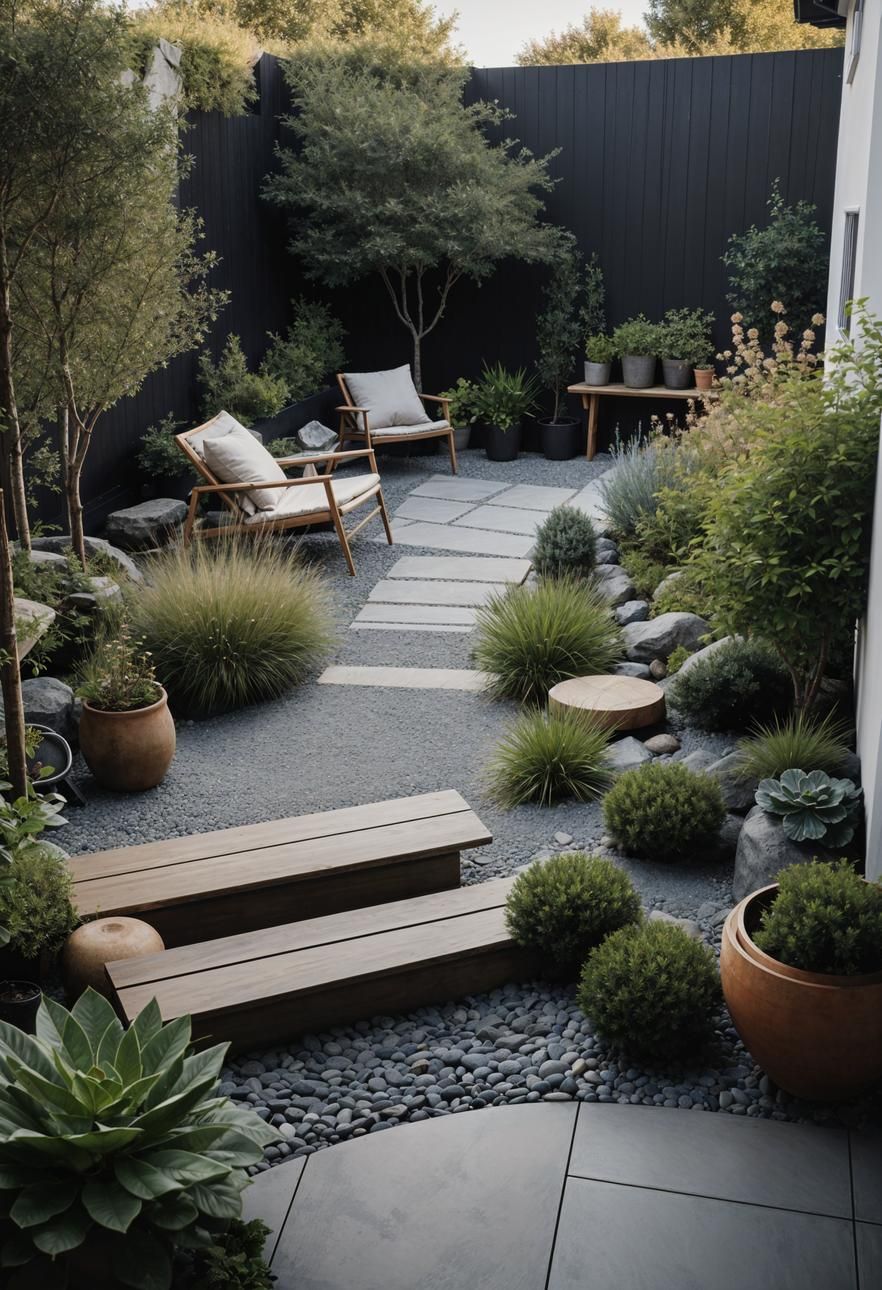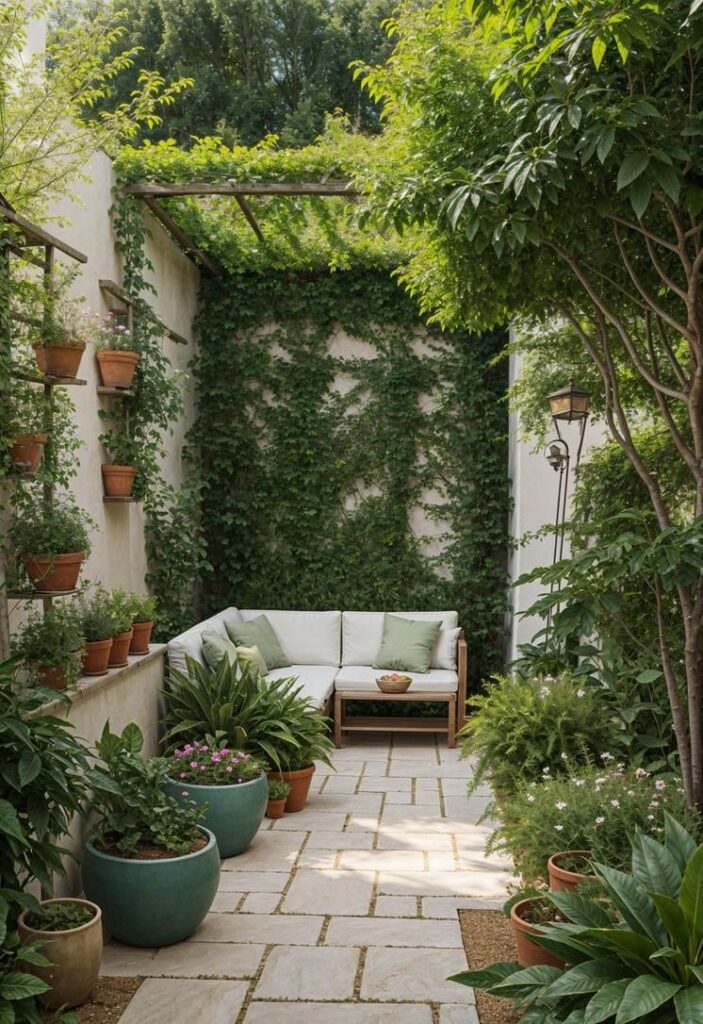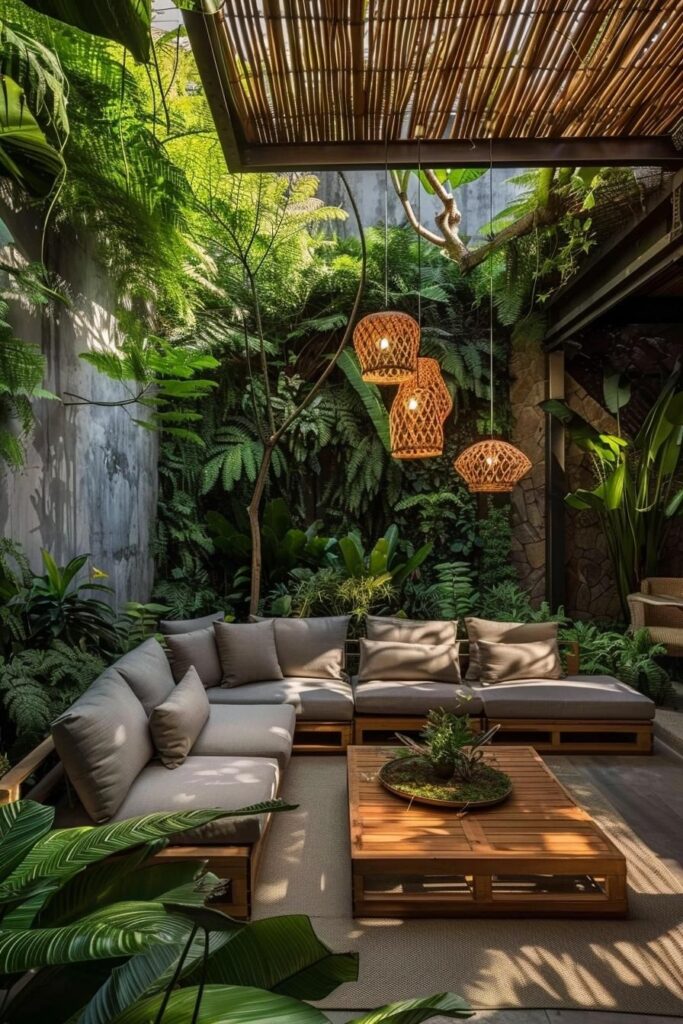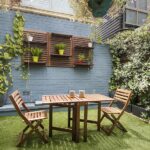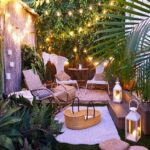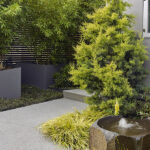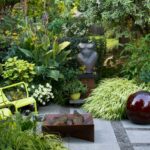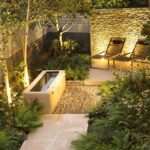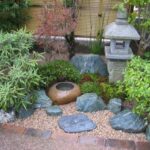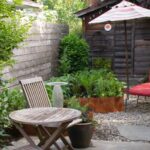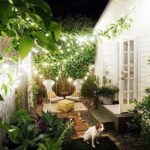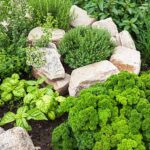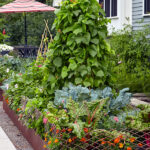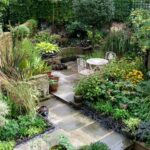When it comes to designing a garden for small spaces, creativity and strategic planning are key. Limited square footage doesn’t have to mean limited possibilities. By incorporating some clever techniques and smart design choices, even the smallest of outdoor areas can be transformed into a beautiful and functional garden oasis.
One of the first considerations when designing a small garden is maximizing vertical space. Utilizing trellises, hanging planters, and wall-mounted shelves can help create a lush and green space without taking up valuable floor space. Climbing plants like vines and ivy can add a sense of height and depth to the garden, making it feel larger than it actually is.
Incorporating multi-functional furniture is another essential aspect of small garden design. Opting for benches or tables with built-in storage can help keep the space organized and clutter-free. Additionally, folding or stackable furniture can easily be stored away when not in use, freeing up more space for plants and other elements.
Choosing the right plants is crucial for small garden design. Opt for dwarf or compact varieties of plants and trees to ensure they don’t overwhelm the space. Plants with a vertical growth habit, like bamboo or ornamental grasses, can create a sense of movement and rhythm in a small garden. Mixing different textures and foliage colors can also add interest and depth to the space.
Creating distinct zones within the garden can help maximize usability. Consider dividing the space into areas for dining, lounging, and gardening. This can help create a sense of purpose for each area and make the garden feel more organized and thoughtfully designed. Adding pathways, pergolas, or arbors can further define each section of the garden and create a sense of flow.
Lighting is an often-overlooked element in small garden design, but it can make a significant impact on the overall ambiance of the space. Adding fairy lights, lanterns, or solar-powered path lights can create a magical atmosphere in the evenings and extend the usability of the garden well into the night. In addition to aesthetic appeal, lighting can also enhance safety and security in a small outdoor space.
Finally, don’t forget to add personal touches to the garden design. Incorporating decorative elements like sculptures, birdbaths, or wind chimes can add personality and charm to the space. Consider adding a small water feature, like a fountain or pond, to create a soothing focal point and mask any noise pollution from nearby urban areas. Ultimately, designing a garden for small spaces is all about maximizing every inch of space and creating a relaxing and inviting outdoor retreat.
